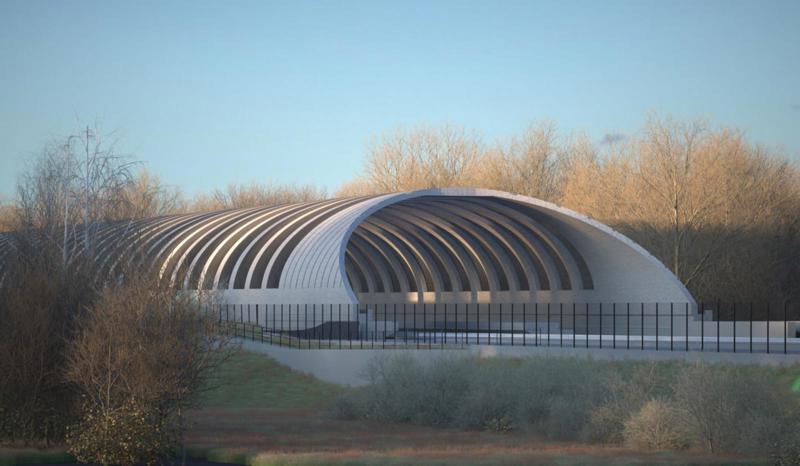Christian Wolmar on what the £100m bat tunnel says about the nature of the HS2 project
 Only by looking at the origins of the HS2 project can we understand how we got to £100 million bat tunnels that may prove to have been totally unnecessary.
Only by looking at the origins of the HS2 project can we understand how we got to £100 million bat tunnels that may prove to have been totally unnecessary.
Christian Wolmar on what the £100m bat tunnel says about the nature of the HS2 project
 Only by looking at the origins of the HS2 project can we understand how we got to £100 million bat tunnels that may prove to have been totally unnecessary.
Only by looking at the origins of the HS2 project can we understand how we got to £100 million bat tunnels that may prove to have been totally unnecessary.
Login to comment
Comments
Stuart - 27/11/2024 16:16
It's more a reflection of why any infrastructure work costs so much and takes so long in this country. So costs a lot. And doesn't seem to elsewhere in Europe. Too much time on environmental surveys, archaelogical surveys, DEI etc.
sreevesjc - 27/11/2024 17:01
It is usual for all transport infrastructure to have a 120 year life. This is assured by specifying sufficient concrete durability where exposed to the elements, sacrificial corrosion of steel and fatigue life where subjected to repeated cycles of loading. In reality, a greater service life is likely to be achieved with good maintenance procedures.
Alexander_Swarbrick - 27/11/2024 23:32
A quick note on the question you asked of some £30 million being spent on ground reinforcement. I'm no expert, but in other realms of government construction, and I know this to be the case with HS2, the client won't accept responsibility for the infrastructure for (x) number of decades, and therefore it falls on contractors. A private company doesn't have the funds or even insurance for HS2 going wrong, so this leads to things being massively over engineered, to ensure longevity. To name a few examples, when digging large cuts off earth out, the new ground tends to rise a few inches, as you'd expect, contractors have out in tension piles along some sections of track to keep it down, however, this is made redundant by the fact the ground will have risen by the time you've come to lay tracks. Another example is the poles for overhead wires having piles some 3 times the depth of those on the east and west coast mainline, even though they're not exactly known for falling over.